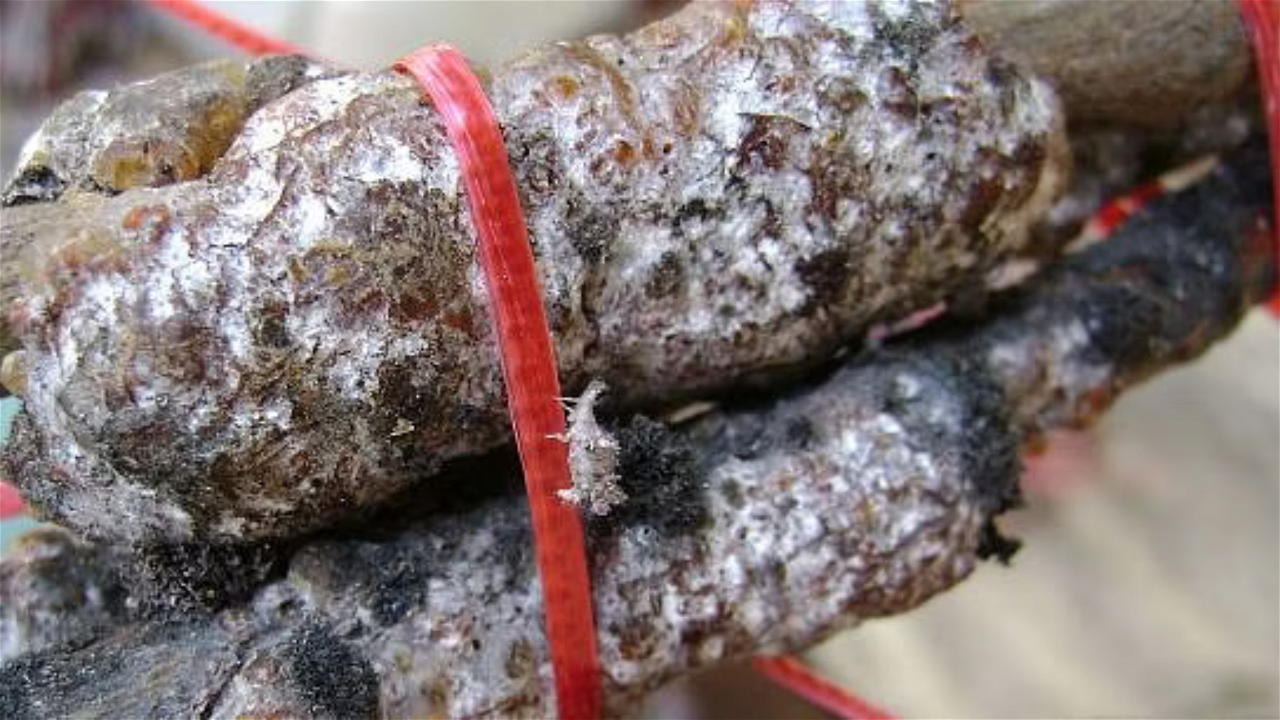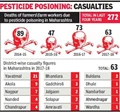
Lac, a natural product of immense commercial importance, has been in use since ancient times. It is mentioned in the Mahabharata, the Ain-i-Akbari of the 16th century, and many other historical texts. Modern research has diversified its applications, extending to varnishes, polishes, pharmaceuticals, confectionery, adhesives, printing inks, the electrical industry, leather industry, and even fruit and vegetable coatings. Indian lac is renowned for its quality, considered the best in the world. However, to meet the increasing global demand, local production and productivity must be upscaled.
Lac Farming: Economic Significance and Societal Impact
Lac farming plays a vital role in the economy, especially for the socioeconomically weaker sections of society. Approximately 3-4 million tribal people in India, who constitute the socioeconomically weakest link, earn a subsidiary income from lac cultivation. This practice not only contributes to foreign exchange earnings but also provides a significant source of income for these communities.
The Indian Lac Insect and Its Hosts
The primary insect used for lac production in India is Kerria lacca (Kerr.), a sedentary, phytosuccivorous insect that thrives on tender twigs and feeds on the phloem sap of specific host plants. The primary host plants include:
-
Kusum (Schleichera oleosa)
-
Palas (Butea monosperma)
-
Ber (Zizyphus mauritiana)
-
Flemingia semialata
-
Various Ficus species
While more than 400 plant species globally are reported as hosts for the lac insect, commercial-scale lac cultivation is primarily limited to a few species. Lac insects are classified into two strains based on host specificity: rangeeni and kusmi.
Importance of Host Plant Management in Lac Cultivation
The success of lac cultivation heavily relies on the species and health of the host plant, which is influenced by soil fertility and various abiotic factors. Effective management of soil and crops is essential for increasing profitability in lac production. This includes crop rotation, irrigation, drainage, plant breeding, soil fertility, weed control, and pest control.
Raising Lac Hosts
Selection of Trees for Lac Cultivation
-
Sunlight and Canopy Management: Lac insects thrive on well-ventilated sites with moderate sunlight. Therefore, plants with sparse canopies that allow sunlight penetration, like ber trees, are preferred. Trees with dense canopies should be pruned to facilitate better light and ventilation.
-
Humidity: High humidity can cause lac crop mortality, so trees in lowland conditions yield less lac compared to those on uplands or hill slopes.
Planting Season: Among the major lac hosts, kusum seedlings are the most sensitive, and the best time for transplanting is during August-September. For semialata, ber, and palas, transplanting can be done in June-July.
Planting: The size of the planting pits varies depending on the tree species. Kusum seedlings are transplanted in 1x1x1m3 pits, while ber and palas are transplanted in 45x45x45 cm3 pits. The soil is mixed with farmyard manure (FYM) before planting.
Manures and Fertilizers: The soils of Jharkhand, where lac cultivation is prominent, are typically acidic with a pH of 4.5 to 5.5. This acidity restricts root growth and makes soil nutrients less available, resulting in longer times for ber, kusum, and palas trees to develop for lac cultivation. Fertilizer management includes applying 40 kg FYM for kusum and 20 kg FYM for ber and palas per pit during transplanting. Additional fertilizers are scheduled from the second year to ensure proper establishment and growth of seedlings.
Canopy and Shoot Management
-
Canopy Structure: Different canopy structures, such as spreading, semi-erect, erect, and bushy types, affect lac yield. Erect trees generally yield more due to better light distribution and ventilation. Unproductive shoots should be removed to enhance light interception and improve lac yield.
-
Shoot Characteristics: Lac production depends on the physiological characteristics of host species. The best shoots for lac cultivation are neither too tender nor too old, with a basal diameter ranging from 1.0 cm to 2.5 cm.
Climate Requirement
-
Moderate weather with an annual rainfall of 1000 to 1500 mm and temperatures between 24-27°C is ideal for lac cultivation.
-
Rainfall distribution is crucial, with less rainfall after the lac insect's sexual maturity being favorable. Excessive rain can cause sooty mold growth, which impairs lac insect development.
Nutrient Management: Continuous lac cultivation can deplete soil nutrients, affecting host tree health. Proper fertilization, including nitrogen, phosphorus, potassium, and lime application, is essential for maintaining tree vitality and enhancing lac yield.
Processes of Lac Cultivation on Different Hosts
-
Pruning: Pruning is critical for successful lac cultivation. For example, ber trees are pruned in February-March for July inoculation. For kusmi lac on kusum trees, pruning can be delayed if the strain emerges in August.
-
Inoculation: Using good quality broodlac at appropriate rates is essential. For kusmi lac on kusum and ber, the typical rate is 20 g/m shoot length. Variations exist for rangeeni lac, with different rates and processes depending on the season.
Exploiting Ber for Kusmi Lac Production
Ber trees are preferred hosts for lac cultivation in several Indian states due to their abundance and better yield. Growing in the winter season (aghani) kusmi lac on ber can significantly increase productivity. The direction of sunlight exposure also affects lac yield, with the southern half of the tree yielding more lac due to higher exposure to sunlight during the northern hemisphere's winter months.
(Source: S. Ghosal, Lac Production Division, Indian Institute of Natural Resins and Gums, Ranchi- 834010 (Jharkhand))
















